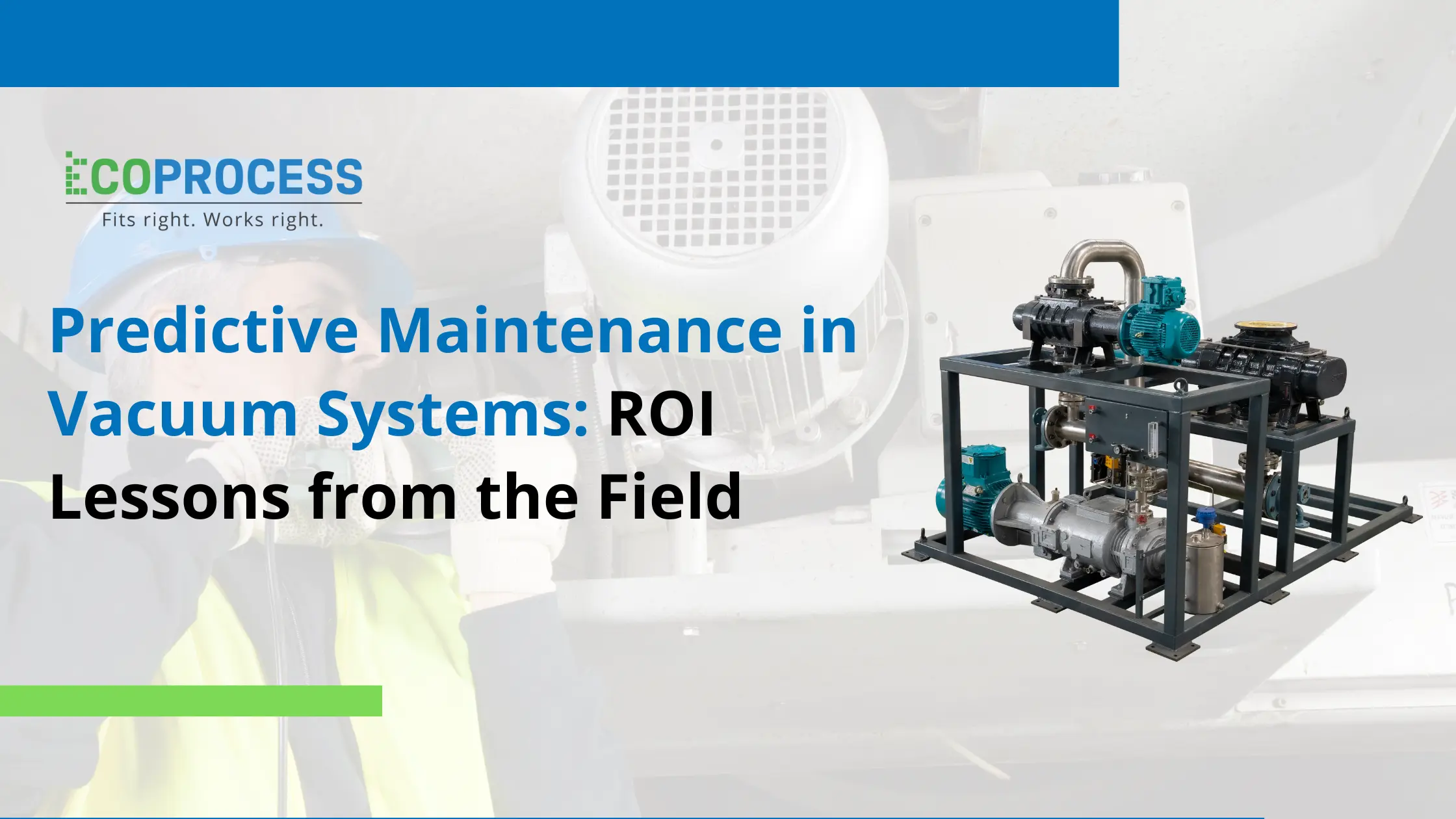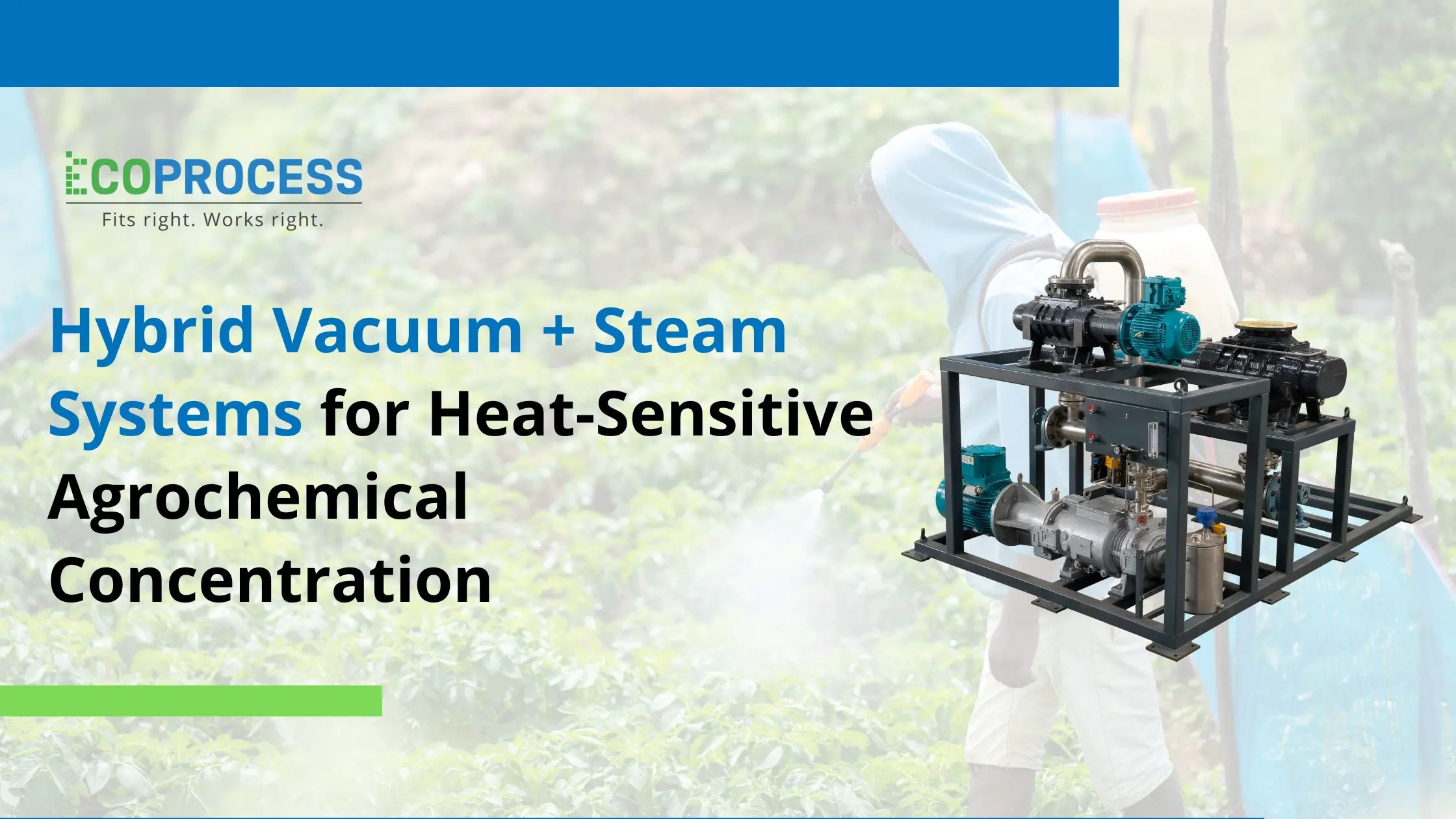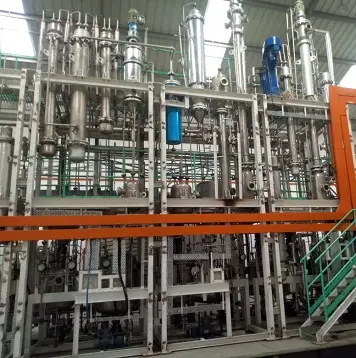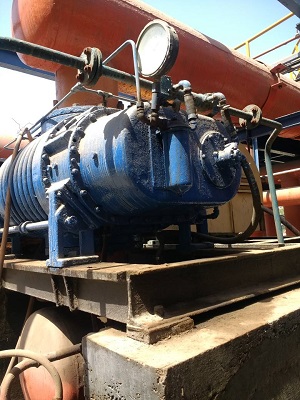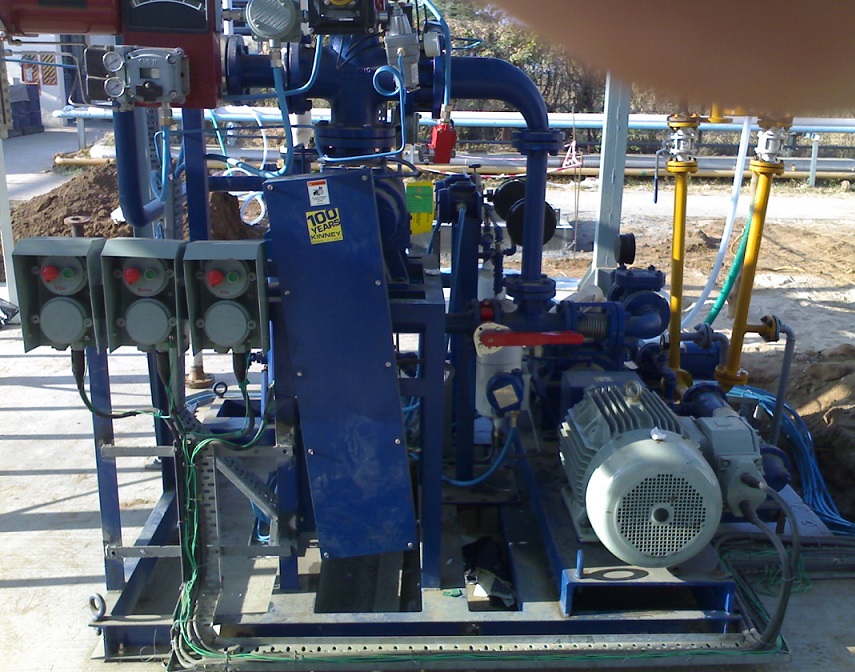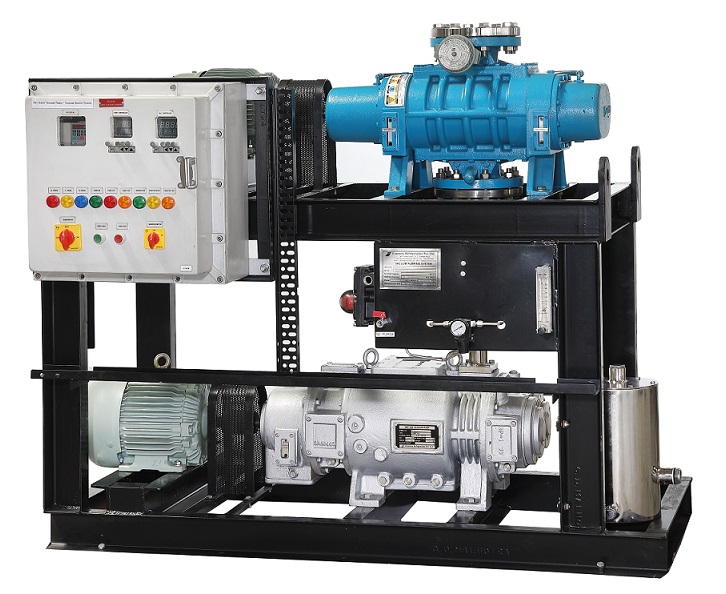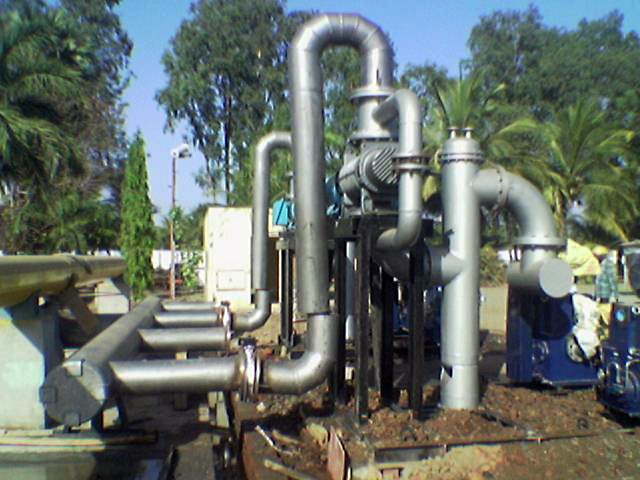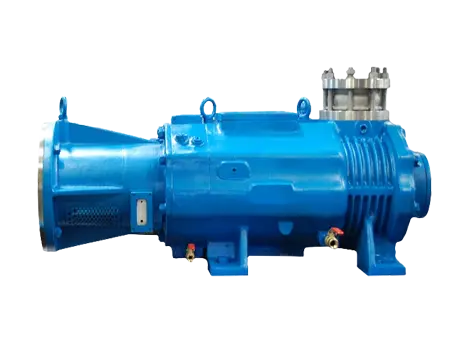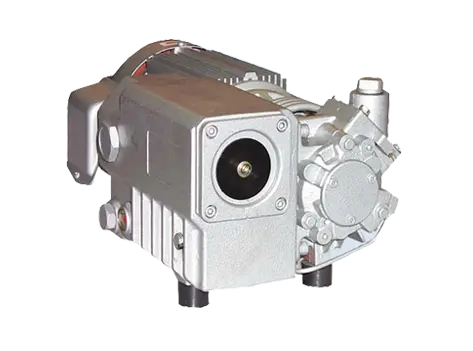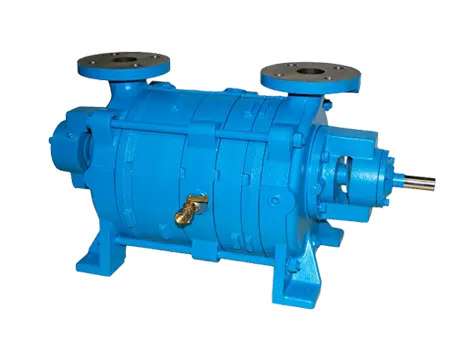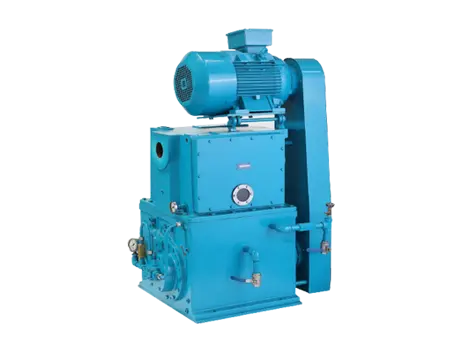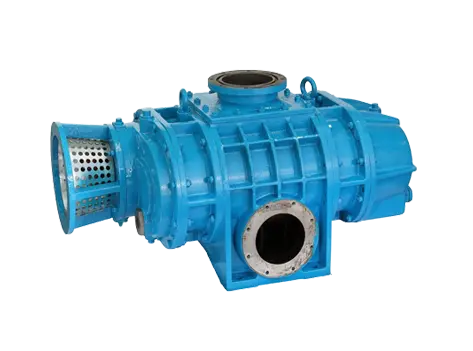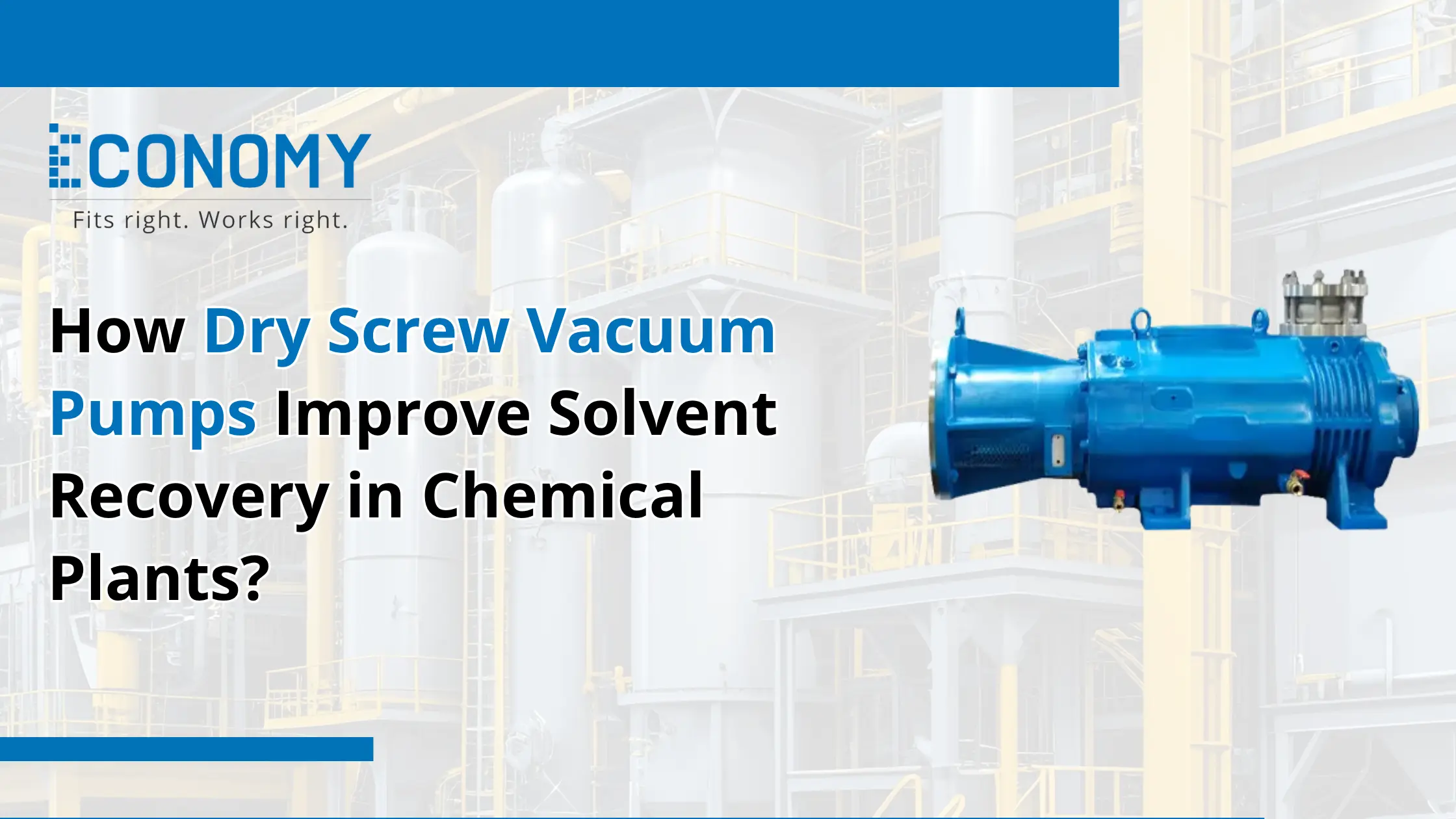
How Dry Screw Vacuum Pumps Improve Solvent Recovery in Chemical Plants
Chemical plants seek reliable methods to recover solvents and cut waste. Day-by-day processes demand safe equipment to protect products. Dry screw vacuum pumps play a key role in this process. These units keep process pressures steady and remove vapors. They do not need oil and avoid contamination risks. Maintenance remains simple, with fewer parts to clean and inspect.
What are Dry Screw Vacuum Pumps?
Dry screw vacuum pumps use two screws in parallel rotation to move gas. The screws interlock and seal without oil. Gas drawn in moves along screw threads to the outlet port under pressure. This design stops fluid contact with screw surfaces. It avoids liquid carryover that harms downstream units.
The oil-free operation makes these pumps suited for solvent removal tasks. No oil reduces the risk of cross-contamination. These pumps can work from low vacuum to near atmospheric pressures. A gas ballast valve controls the condensation of vapors inside the unit. This feature keeps pump internals dry during heavy solvent loads.
These machines need low upkeep and no oil changes. Wear occurs only on screws with durable coatings. Long bearing life extends service intervals. Few moving parts cut the chances of breakdowns. This design yields high uptime in industrial settings.
Why Ideal for Solvent Recovery?
Solvent recovery systems demand a steady vacuum and safe handling of vapors. Dry screw vacuum pumps deliver these needs without contamination risks. They work under wide pressure ranges and resist chemical attacks. This combination cuts solvent loss and limits energy use in plant operations.
1. Consistent Vacuum Output
Dry screw vacuum pumps hold the vacuum level steady over long runs. This stability supports solvent recovery systems by ensuring reliable condensation of vapors. This leads to stable solvent yields and steadier process control.
2. Oil-Free Design
These units avoid oil seals that may contaminate solvents. No oil contact keeps recovered solvent pure for reuse. That purity cuts the cycle times needed for further purification.
3. Corrosion Resistance
Pump screws and housing use corrosion-proof materials. They withstand solvent vapors without damage or performance loss. Corrosion-proof parts last longer and cut replacement frequency.
4. Low Maintenance Demand
Few moving parts reduce service needs. Quick access to internals allows fast inspections and part upkeep. Technicians can plan services around shutdown schedules to lower downtime.
5. Smooth Start Stop
Controlled start-up lowers pressure shock on the system. Gentle operation extends equipment life and keeps recovery consistent. Start-stop cycles, avoid system stress, and extend service life.
Energy Efficient Performance Gains
Dry screw vacuum pumps bring several technical gains that boost solvent recovery process performance. Their design cuts energy use while offering stable vapor handling. Units resist wear and allow predictable service intervals. These technical gains support cleaner and safer plant operations.
1. Low Power Demand: These pumps draw less power than many other vacuum types. Reduced power use lowers operational expenses and cuts carbon emissions. This makes them cost-wise over long service periods.
2. Steady Gas Throughput: Pump screws move gas at a fixed rate. This consistency avoids pressure swings and supports reliable recovery in solvent recovery systems. Plant staff can count on steady performance under varied loads.
3. Minimal Heat Generation: Friction remains minimal between screws. Lower heat output reduces cooling needs and prevents vapor condensation issues in pumps. This saves costs on external cooling systems over time.
4. Robust Mechanical Design: Heavy-duty rotors and bearings resist wear under solvent loads. Sealed bearings avoid contamination and last long on site. Rigid casings protect internal parts and lower repair costs.
5. Easy Integration: These vacuum units match many system layouts with simple piping connections. They also fit controls for automatic start and stop. This cuts installation time and speeds up project delivery.
Applications in Chemical and Pharma
Chemical and pharma firms need reliable solvent recovery to meet quality and safety rules. Dry screw vacuum pumps meet these needs with stable vacuum and clean operation. They help comply with strict environmental rules.
1. Batch Distillation
Consistent vacuum control speeds solvent condensation. This leads to shorter cycle times in batch distillation and better yield. Reduced downtime allows maintenance to be scheduled without impacting output.
2. Solvent Recycling
Clean vacuum flow ensures that the solvent remains free of oil or particles. Recycled solvents meet quality checks and cut procurement costs. Plants reach sustainability targets by reusing more solvents on-site. Systems require minimal downtime for filter changes.
3. Continuous Processing
A stable vacuum supports continuous flow reactors. This stable environment leads to uniform product quality and lower waste streams. Control systems tune pump speed and keep the process balanced. This gives consistent output over long runs.
EPS Product Overview
EPS offers dry screw vacuum pumps designed for safe solvent recovery. Models vary in capacity and vacuum range to match plant sizes. Advanced controls allow simple adjustments for different process needs. EPS pumps meet strict safety standards for chemical handling. They come with built-in alarms for pressure and temperature limits.
1. Modular Design: The pump frames attach to base plates and support easy connection. This makes it scale up or swap out fast on-site. Modules can fit new capacity with minimal piping changes.
2. Smart Control Panel: The Digital interface shows real-time pressure and flow data. Users set pump speed and get alerts on process deviations. Settings store up to ten process recipes for repeat runs.
3. Service Friendly: Quick-release panels expose screws and bearings in minutes. Field teams inspect parts and complete service tasks without full disassembly. This design cuts downtime and lowers labor hours. Replacement parts ship fast to keep plants online.
Conclusion
Dry screw vacuum pumps deliver clean and stable vacuum performance. Plants achieve faster solvent recovery and reduce chemical waste overall. The oil-free design prevents contamination and cuts maintenance downtime overall. Reliable solvent recovery systems support sustainable and cost-mindful operations. Proper pump choice boosts productivity, safety, and environmental compliance.
FAQs
What makes dry screw pumps suitable for solvent recovery?
These pumps run without oil to stop solvent contamination. Twin screws hold a steady vacuum over wide pressure ranges. This design supports safe condensation of vapors and high solvent recovery yield.
How do they ensure safety in chemical processing?
The oil-free operation removes fire hazards linked to oil mists. Material choices resist solvent corrosion. Tight sealing stops leaks. Gas ballast prevents condensation inside the pump. These features protect equipment.
What are typical industries that use these pumps?
Chemical plants for distillation use dry screw vacuum pumps. Pharmaceutical firms use them for solvent recycling. Food processing lines use them for vacuum drying. Petrochemical units use them for degassing.
How does EPS customize these for different solvents?
EPS offers screw and seal materials matched to solvent chemistry. Control settings adjust vapor handling. Gas ballast settings manage condensation. This custom work extends pump life and speeds solvent recovery.
